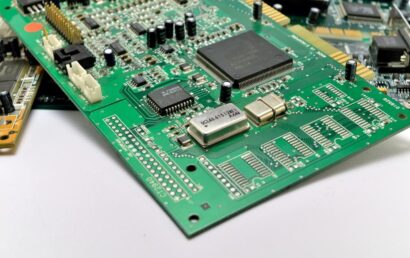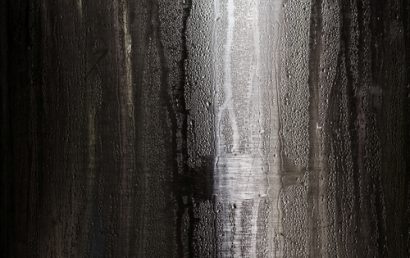The Most Common Problems That Thermal Spray Coatings Can Address In Engine Parts
When it comes to the engine and its performance parts, they require various kinds of surface treatments to keep them performing efficiently. For example, an engine component may need a specialty coating to prevent other overheating components from damaging it. In addition, other reasons – such as providing lubrication, enhancing scuff resistance, increasing heat control, reducing friction, and boosting thermal efficiency – all provide a clear indication that there is not one single coating that can be used for all purposes in the automotive niche.
What are Thermal Spray Coatings?
It is a generic term used to describe a group of processes that involve a viable heat source to melt materials in the rod, wire or powder form. The various spraying processes include plasma spraying and the HVOF process. These coatings are highly versatile, and can be used for a wide range of applications.
Key Issues that Thermal Spray Coatings Address in Engine Parts
When it comes to engine components, thermal spray coatings are often used to address these three key issues:
- High temperature
- Friction
- Corrosion
In this post, you will find out more about the applications of thermal spray coatings on specific engine parts and how they help to keep these components from wearing out too soon.
Resolve Thermal Efficiency Problems in Exhaust Headers
The thermal efficiency of components such as exhaust valves, intakes, combustion chambers, tops of pistons and exhaust headers can drop significantly if they lose the ability to reflect heat well. You can solve this problem by applying plasma sprayed compounds as well as spray-and-bake ceramic or metallic compounds on the affected parts. This will help lower their temperatures and improve thermal efficiency. Do note that these only need to be .001˝ to .003˝ thick, and the surface must be carefully prepared to ensure good adhesion.
Avoid Overheating in the Pistons
The only way to prevent more heat from going into the piston is by applying a thermal coating on top of it. This process allows more heat to stay in the combustion chamber instead. Thermal coatings do make a significant difference in high-heat applications such as engines that use nitrous oxide and turbocharged/blown engines. In addition, top coated pistons can improve horsepower as well.
Prevent the Exhaust from Losing More Heat and Energy
If your exhaust continues to lose heat and energy at a rapid rate, the costs of repairing it will increase as well. Hence, you should consider coating your exhaust headers to restore them into the state which they can effectively retain energy and heat for the long term – do ensure they are well-coated as it delivers bang for the buck! What’s more, the coating also insulates the pipes and will increase exhaust velocity to improve combustion scavenging and power.
Stop the Underhood’s Temperature from Rising
Temperature in the underhood can easily rise if they are not coated well. Hence, thermal coatings are needed to keep more heat within the exhaust system and reduce the underhood’s temperature by up fifty degrees. If everything runs cooler, everything runs better!
Prevent Pipes from Rusting or Corroding
As the pipes in your exhaust system are prone to rust and corrosion, it’s pertinent that thermal coatings are applied on those components. The effects of these coatings are far more long-lasting and durable than high-temperature paint.
If you have any question about how our thermal spray processes can help engine components to operate better and for longer, talk to us today and let us share our knowledge with you.




